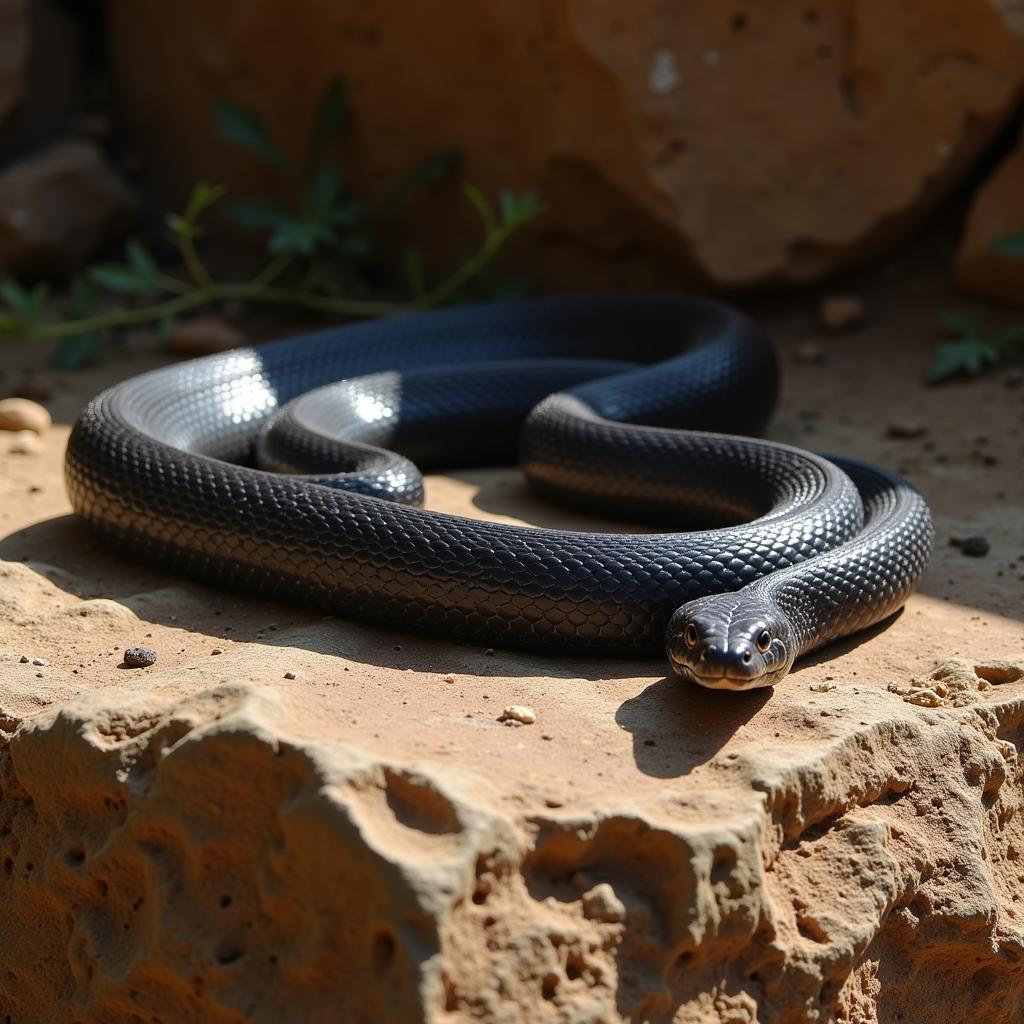Unveiling the Magic of the African Cirque: A Journey into Tradition and Spectacle
The vibrant continent of Africa, with its rich tapestry of cultures, offers a unique form of entertainment known as the African cirque. More than just a circus, it’s a dazzling spectacle deeply rooted in tradition, showcasing the continent’s extraordinary talent and captivating storytelling.
A Celebration of Heritage: The Roots of African Cirque
Unlike Western circuses often associated with animal acts, the African cirque primarily celebrates human skill and artistry. Its origins can be traced back to ancient rituals and celebrations, where communities would gather to witness breathtaking displays of acrobatics, juggling, music, and dance. These performances weren’t merely entertainment; they were a way to transmit cultural stories, moral values, and historical events from one generation to the next.
Beyond Entertainment: The Cultural Significance of the Spectacle
The African cirque transcends the boundaries of mere entertainment, serving as a powerful tool for cultural preservation and education. Through rhythmic drumming, vibrant costumes, and captivating narratives, each act breathes life into ancient myths, legends, and historical events. The performers often take on the roles of mythical creatures, ancestors, or historical figures, transporting the audience to a realm where fantasy and reality intertwine.
For many communities across Africa, the cirque provides a platform to showcase their unique traditions and heritage to a global audience. It’s a celebration of identity, reminding the world of the continent’s rich artistic legacy and its enduring power to inspire.
A Feast for the Senses: The Elements of an African Cirque Performance
An African cirque performance is a captivating fusion of artistry, athleticism, and storytelling. Here are some key elements that define this unique art form:
-
Acrobatics and Contortion: From gravity-defying human pyramids to mind-boggling contortionist acts, the physical prowess displayed by the performers is simply astounding. These acts often involve intricate choreography and breathtaking synchronization, showcasing incredible strength, balance, and flexibility.
-
Music and Dance: The rhythmic pulse of traditional African drums and melodious vocals are the lifeblood of any African cirque performance. Music sets the tempo, builds anticipation, and infuses each act with an infectious energy that resonates with the audience. Dance, often interwoven with acrobatic feats, adds another layer of visual storytelling, conveying emotions and narratives through graceful movements.
-
Costumes and Makeup: The visual spectacle of an African cirque performance is amplified by vibrant costumes and elaborate makeup. Each element is carefully chosen to reflect cultural significance, symbolize characters, or enhance the storytelling. From intricately beaded headdresses to colorful fabrics adorned with traditional patterns, the costumes transform the performers into living embodiments of African art.
-
Storytelling: At the heart of every African cirque performance lies a story – a tale of bravery, love, or triumph over adversity. These narratives, often drawn from folklore or historical events, are brought to life through a combination of dialogue, music, dance, and acrobatics. The performers become storytellers, captivating the audience with their expressions, movements, and interactions.
The African Cirque: A Legacy of Wonder
The African cirque is more than just entertainment; it’s a vibrant expression of African culture, a testament to human potential, and a celebration of the power of storytelling. As you witness the breathtaking feats of the performers, listen to the rhythmic pulse of the drums, and lose yourself in the captivating narratives, you’ll experience the magic of the African cirque – a legacy passed down through generations, ready to enthrall the world with its wonder.

